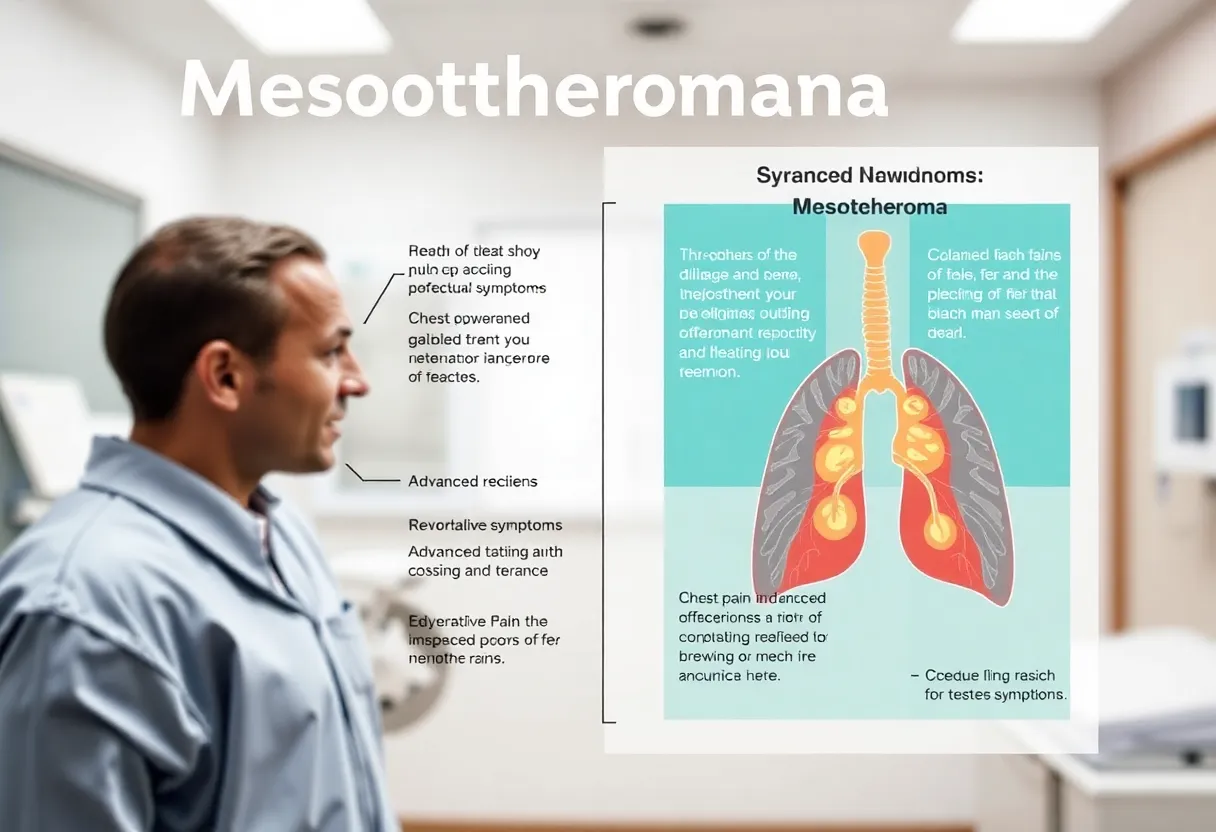News Summary
Recent research reveals alarming trends in lung cancer mortality linked to tobacco, air pollution, and asbestos exposure.
Global Trends in Lung Cancer Mortality: A Deep Dive into Risk Factors
Recent research conducted by a clinical fellow in hematology and oncology at a prominent cancer center has brought new insights into the alarming trends of lung cancer mortality across the globe. The study focused on analyzing mortality trends linked to key risk factors such as tobacco use, air pollution, and asbestos exposure, particularly in the ten most populous countries that account for a significant percentage of the global population.
Declining Tobacco-Related Lung Cancer Mortality Rates
The findings reveal a promising decline in global lung cancer mortality rates attributed to tobacco, illustrating a drop from approximately 27.3 per 100,000 in 1990 to 25.2 by 2019. Delving deeper, it was noted that among males, mortality rates fell from roughly 45 to 37 deaths per 100,000, while in females, a rise was observed, increasing from 13 to 15 per 100,000.
Initially, tobacco accounted for an overwhelming 72% of lung cancer mortality in the 1990s, but this figure declined to 66% by 2019. This trend is particularly evident in developing countries, where significant strides have been made in reducing tobacco-related lung cancer mortality, despite persistent gender disparities. The key takeaway is that while progress is being made, tobacco control policies remain critical in combating lung cancer.
The Gripping Reality of Asbestos Exposure
Another pressing concern highlighted in the study is the impact of asbestos exposure on lung cancer mortality. In the United States, lung cancer mortality rates attributed to asbestos have reached alarming heights, reported at approximately 11.9 per 100,000, which is double the global average of 5.1 per 100,000. This issue persists despite existing regulations aimed at controlling asbestos exposure, underscoring the need for intensified public health efforts.
Air Pollution’s Deadly Impact
The study also examined the influence of air pollution on lung cancer deaths. While global mortality from household air pollution has decreased due to initiatives promoting cleaner energy, deaths linked to ambient air pollution, specifically PM2.5, have seen a concerning increase. The study points out that particularly in China, rates soared alarmingly, climbing from around 5.4 to 13.6 per 100,000 for males and from 1.69 to 5 per 100,000 for females. This emphasizes that ambient air pollution currently contributes nearly 20% of global tracheal, bronchial, and lung cancer mortality.
Molecular Insights and Precision Medicine
In unraveling the complexities of lung cancer, the study advocates the integration of molecular insights to enhance treatment strategies. This approach highlights the necessity for targeted therapies, as different lung cancer types exhibit varied responses to treatments such as immune checkpoint inhibitors, depending on their unique molecular profiles. This paves the way for precision medicine and tailored public health policies.
Addressing Screening Gaps
However, the study identified a significant gap in current cancer screening guidelines, which primarily focus on smoking history while leaving non-smokers, particularly females, largely unaccounted for. This oversight calls for a reevaluation of screening practices to capture non-tobacco-related lung cancer cases, ensuring more comprehensive healthcare interventions.
Policy Recommendations for a Healthier Future
In light of these findings, it is essential to strengthen tobacco regulations, enhance public awareness regarding the risks of air pollution, and implement targeted policies to mitigate asbestos exposure. Moreover, increasing accessibility to screenings for individuals exhibiting diverse risk factors is imperative for advancing public health.
Future Research Directions
The study advocates for further research exploring the connection between air pollution and molecular alterations in lung cancer, alongside expanding screening criteria to encompass various environmental and occupational exposures. Additionally, examining global disparities in lung cancer risk factors across different populations is critical for fostering a more equitable approach to cancer prevention and care.
Conclusion
Despite a global decrease in lung cancer mortality rates from 1990 to 2019, the research findings underscore the necessity for ongoing public health interventions and continued investigation into key risk factors such as tobacco use, air pollution, and asbestos exposure to mitigate their detrimental impact on lung cancer mortality.
Deeper Dive: News & Info About This Topic
HERE Resources
Groundbreaking Immunotherapy Provides Hope for Mesothelioma Patients
Windows of Hope: Young Boy’s Battle Against Rare Cancer
The Rise of Telehealth in Palliative Care for Mesothelioma Patients
Breakthroughs in Mesothelioma Treatment: A New Hope for Patients
Asbestos Contamination in Sint-Niklaas Playground Prompts Urgent Cleanup Action
Understanding the Psychological Impact of Mesothelioma
The Fight Against Asbestos in Talc Products Intensifies
U-Haul Faces Major Fines for Recklessly Exposing Workers to Asbestos
Akron Takes Bold Steps to Tackle Asbestos Issues and Revitalize Communities
U-Haul Faces Hefty Fine for Endangering Workers with Asbestos Exposure
Additional Resources
- The Lancet: EClinicalMedicine Article
- Wikipedia: Lung Cancer
- Wiley Online Library: Cancer Medicine Article
- Google Search: Lung Cancer Mortality Risk Factors
- ASCO Post: Global Trends in Lung Cancer Mortality
- Encyclopedia Britannica: Lung Cancer
- Healio: Global Lung Cancer Mortality Trends
- Google News: Lung Cancer Mortality



















